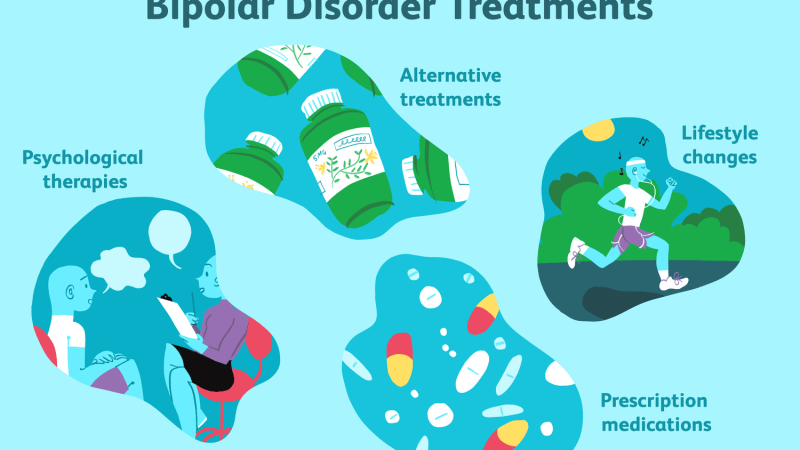In an age where environmental consciousness and sustainability have taken center stage, global tech giants are transforming their services to align with greener goals. Uber, a trailblazer in the ride-hailing industry, has been proactively adapting to sustainable transportation and eco-friendly mobility trends. From integrating electric vehicles (EVs) to promoting shared rides and investing in carbon neutrality, Uber is reshaping urban mobility with the planet in mind. This transition offers not only ecological benefits but also opens doors for entrepreneurs and businesses interested in entering the green mobility space through Uber clone app development.
The Rise of Eco-Friendly Mobility
The global transportation sector is a major contributor to greenhouse gas emissions, accounting for nearly 24% of direct CO₂ emissions from fuel combustion. In response, nations and cities worldwide are implementing stringent environmental regulations and promoting low-emission alternatives. Against this backdrop, Uber’s commitment to going green stands as a noteworthy shift.
Recognizing the need to reduce its environmental impact, Uber announced its plan to become a zero-emission platform by 2040, aiming to shift to 100% electric, micromobility, and public transit rides. This forward-thinking initiative not only enhances Uber’s brand value but also sets a strong example for developers and entrepreneurs exploring Uber clone app development to integrate sustainable features from the beginning.
Key Strategies Uber Is Using to Go Green
1. Electrification of Vehicles
One of Uber’s core sustainability initiatives involves the electrification of its fleet. The company has partnered with automakers, charging infrastructure providers, and city governments to make electric vehicles more accessible to its drivers. Through its “Uber Green” feature, riders can choose low-emission rides, which prioritize electric and hybrid vehicles.
In cities like London and Los Angeles, Uber is investing heavily in helping drivers switch to EVs by offering incentives, subsidies, and collaborations with leasing companies. For instance, Uber committed over $800 million to assist drivers in making the transition to electric cars.
This trend has influenced the Uber clone app development market significantly. Modern ride-hailing startups are now keen on integrating EV filters, driver EV support programs, and real-time carbon tracking features into their apps from the start to attract environmentally conscious users.
2. Expansion of Micromobility Options
Uber has been expanding its micromobility services by including e-bikes and e-scooters in its app. These short-distance, zero-emission transport options provide a sustainable alternative for urban commuting. Through its acquisition of Jump (and later partnerships with Lime), Uber has made it easier for users to opt for greener modes of transportation.
These integrations show how Uber isn’t just focusing on electrifying existing car rides but is also diversifying its offerings to include more energy-efficient travel modes. Aspiring entrepreneurs working on Uber clone app development are increasingly including modules for e-bike or scooter rentals, enhancing app versatility and environmental appeal.
3. Encouraging Ride-Sharing and Public Transit Integration
Uber has been pushing shared rides and public transport as part of its eco-conscious strategy. Though ride-sharing was impacted by the COVID-19 pandemic, Uber is gradually bringing it back with safety and sustainability in mind.
Moreover, Uber has integrated public transportation schedules into its app in select cities, allowing users to compare ride-hailing costs with bus or train options. This initiative helps reduce the number of private vehicles on the road, promoting a cleaner urban environment.
These features are now seen as essential components in the Uber clone app development landscape, as developers aim to create apps that reduce traffic congestion and pollution while offering affordable transportation options.
Leveraging Technology and Data for Carbon Neutrality
Uber’s commitment to sustainability isn’t just operational—it’s also data-driven. The platform has introduced features that allow users to view their ride’s carbon impact, and drivers receive tips on how to reduce emissions. The company is also investing in carbon offset programs and renewable energy solutions to neutralize its environmental footprint.
This data-centric approach is influencing the Turo clone app development sector as well. While Turo primarily operates as a peer-to-peer car-sharing platform, developers are now embedding sustainability metrics into these platforms. For example, users can filter eco-friendly vehicles or calculate the environmental savings made by renting rather than owning.
Integrating such smart features into both ride-hailing and car-sharing apps showcases how sustainability is driving innovation across the broader mobility app development industry.
Challenges and the Road Ahead
Despite its progress, Uber faces a few challenges on the sustainability front. Infrastructure limitations, high EV costs, and uneven government support across regions can slow the transition. Additionally, the responsibility lies not only with the company but also with the millions of drivers who power the Uber ecosystem.
Yet, these challenges also bring opportunities for new entrants. Startups using Uber clone app development frameworks can tailor their solutions to specific regions, offering hyper-local green alternatives where Uber might be slower to scale.
Entrepreneurs can take advantage of government incentives for green startups, form partnerships with EV companies, and develop region-specific solutions that balance sustainability and profitability.
Conclusion
Uber’s efforts toward sustainable transportation and eco-friendly mobility represent a significant paradigm shift in how ride-hailing services are conceived and executed. Its investments in electric vehicles, micromobility, ride-sharing, and carbon-neutral operations are more than just branding—they reflect the future of urban mobility.
As the ride-hailing industry evolves, so too does the market for Uber clone app development. Startups can no longer afford to ignore sustainability if they wish to succeed in this space. Whether it’s adding EV support, carbon tracking, or integrating public transit data, the key to standing out lies in building greener, smarter, and more flexible platforms.
Moreover, the rise of Turo clone app development also highlights how the broader transportation app ecosystem is embracing sustainability. Both ride-hailing and vehicle-sharing platforms are now expected to not only serve users efficiently but also do so in a way that benefits the planet.






